In the repair and maintenance of diesel engines, the engine barring tool plays an important role. Whether to set timing, check injectors, or perform compression testing, the tool allows mechanics to rotate the engine by hand safely and accurately without the risks that accompany the use of an electric starter.
In this article, we’ll provide you with a comprehensive look at everything you’ll ever have to know about the engine barring tool, let’s have a closer examination!
Part 1. What is an Engine Barring Tool?
An engine barring tool is a tool for manually turning diesel engines, especially medium to large sized ones, when they are being repaired or maintained. An air valve would usually fit into an opening in either the flywheel housing or front of the crankshaft and be controlled using either a ratchet or breaker bar.
Barring tools provide technicians with an effective means of rotating an engine for tasks such as timing adjustment, valve clearance inspection and injector testing. As opposed to hand-starting with an electric starter, barring tools offer more safety and control, preventing sudden engine movement or accidental startup.
Smooth and reliable, the engine barring tool is a must-have tool in any diesel engine shop.
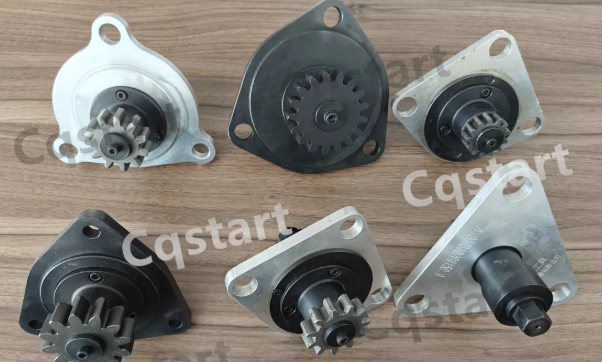
Part 2. What is A Barring Tool Used For?
Engine barring tool is a necessity in the majority of diesel engine maintenance and repair jobs, providing the technician with a safe and controlled method of engine rotation. Its primary applications include the following:
1. Timing Adjustment
Proper engine timing is vital to maintaining smooth engine operation. New components such as timing gears, belts and camshafts must be rotated manually in order to set or verify correct alignment; barring tools enable technicians to slowly turn the crankshaft until all timing marks align in an ideal fashion, minimizing errors or damaging your engine in the process.
2. Compression and Leak-Down Test
To perform a compression test or cylinder leak-down test, the engine must be positioned so that the target cylinder’s piston will be at top dead center (TDC) on the compression stroke. Engine baring makes it possible for the engine to be positioned that precisely without using the starter motor, which could overshoot and lead to improper testing.
3.Injector Firing Sequence Verification
When working with injector malfunction or when calibrating newly mounted injectors, the technicians will often need to find the firing order of each cylinder and the position of its TDC. Sluggish rotation by the barring tool permits easy observation of valve movement and piston position in order to observe the order properly.
4.Engine Disassembly and Assembly
Major overhauls or component replacements often necessitate controlled engine rotation; for instance when replacing flywheels, crankshafts or gear trains. A barring tool serves as an aid device by holding or turning the crankshaft in its place during disassembly and reassembly procedures.
No matter if it is for routine inspections or more extensive repairs, engine barring tools provide crucial assistance in terms of accuracy, safety and efficiency throughout the engine service process.
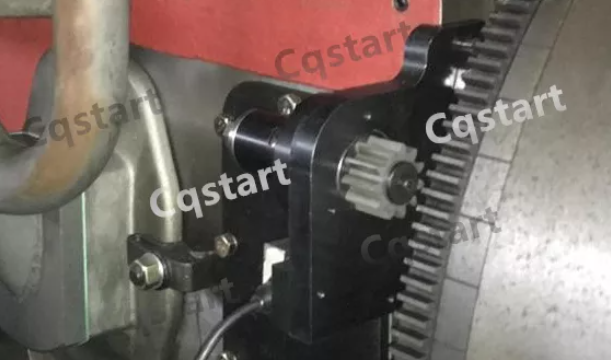
Part 3. Which Engines Can Engine Barring Tools Be Used For?
Engine barring tools are specifically for diesel engines, especially medium and heavy industrial engines usually applied in heavy-duty applications. They are essential in workshops and service shops that fix these powerful engines. Common engine brands and models usually utilizing barring tools are:
- Cummins: Popular models such as ISX, QSX, N14, L10, 6CT, etc.
- Caterpillar: Most commonly used in construction equipment and heavy machinery engines.
- Detroit Diesel: Best known for durable industrial and commercial diesel engines.
- Volvo Penta: Industrial and marine heavy-duty engines.
In the case of Cummins engines in particular, the barring tool would typically be placed in a special port on the flywheel housing. It is then rotated with a plain 1/2-inch or 3/4-inch breaker bar or ratchet. In model-dependent engines, however, gear tooth dimensions and interface shape are a bit different, and thus the proper tool manufactured for that specific engine must be used.
With the proper engine barring tool, smooth engagement, accurate rotation, and protection against damaging the flywheel or crankshaft components are ensured. Therefore, in selecting a barring tool, compatibility with the engine model must always be checked for safe and efficient use.
Part 4. How to Choose the Right Engine Barring Tool?
In selecting or using an engine barring tool, several important factors must be considered in order to ensure compatibility, safety, and efficiency:
1. Check the Engine Model
Different engines have different requirements for the number of gear teeth, insertion angle, and tool interface size.
Due to differences in flywheel housing design and gear specifications, tools intended for use on Cummins ISX series might not work perfectly on N14 series engines.
Before purchasing, always ensure the tool meets the engine model and specifications to ensure optimal use and smooth performance.
2. SAE Compliance
Some barring tools are designed to meet Society of Automotive Engineers (SAE) standards, such as SAE #1 or SAE #2 flywheel housings.
SAE-standard tools can easily be interchanged with standard ratchets or breaker bars and are easy to use. In general, SAE tools offer high levels of quality with industry-approved size compatibility.
3. OEM Versus Aftermarket Tools (Comparion)
OEM (Original Equipment Manufacturer) Tools: OEM Tools are produced specifically for original engine manufacturers, guaranteeing an exact fit and consistent performance. As they come from their original source, quality assurance may also be included – however these items tend to be more costly.
Aftermarket Tools: These barring tools are often made by an independent supplier and tend to be cheaper. While most aftermarket barring tools offer good quality, it is wise to purchase from an established manufacturer or supplier for optimal fitment or early wear prevention.
Choosing the correct engine barring tool involves weighing compatibility, quality, and budget. Engine model match priority and compliance with standards guarantee smooth execution and extended service life.
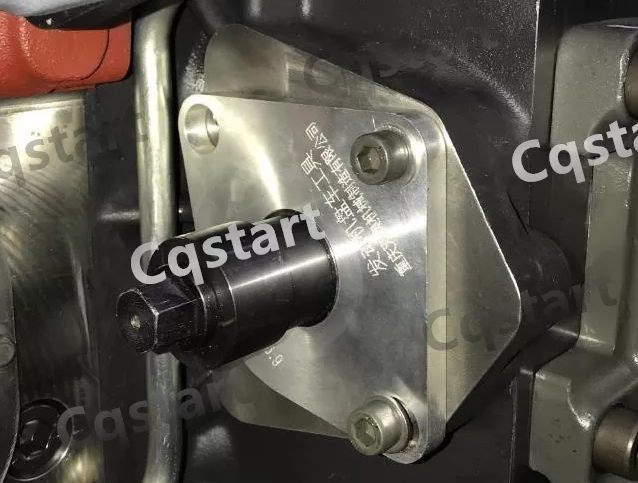
Part 5. Cqstart Barring Tool – Your Trusted Option
Cqstart Barring Tool is a versatile, simple-to-use tool designed to simplify maintenance and repair of diesel engines. Crafted with accuracy and durability in mind, it offers a secure, efficient way of manually turning over engines, avoiding the limitations of earlier tools like steel crowbars.
Lightweight and compact, it can be readily fitted into any toolbox and does not require an external power supply, making it ideal for use both in workshops and on-site.
Features:
- Universality: Interchangeable gears allow for compatibility with multiple flywheel ring gears. The flange employs an international standard design, working with all the popular mounting interfaces.
- Lightweight Design: Dual bearing support and a aluminum alloy flange, ensuring effortless, trouble-free rotation without being cumbersome to transport.
- Safety: Comprises an automatic reset facility to prevent gear misalignment damage. The flange boss is aligned and supported by bearings to eliminate axis tilt and ensure accurate operation.
- Convenience: It is lightweight and compact, and easily fits into toolboxes without the requirement of any additional power source.
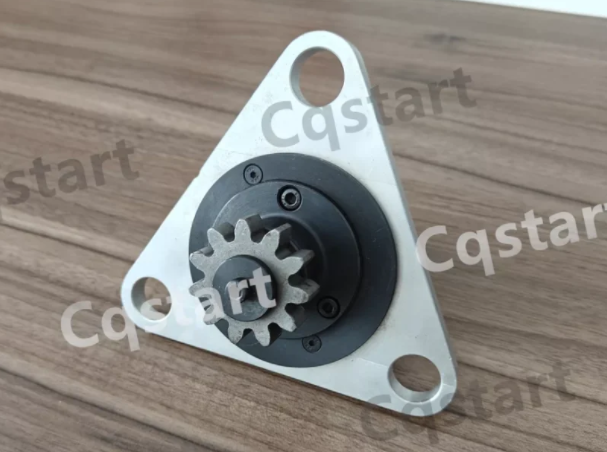
Part 6. How to Use an Engine Barring Tool?
Hiring an engine barring tool usually requires a series of careful and controlled movements in the direction of safe and accurate manual rotation of the engine while performing maintenance or inspection.
Step 1. Disconnect Power
Before beginning operation on any engine, ensure all sources of power have been disconnected to avoid accidental ignition or starting during operations.
Step 2. Locate the Flywheel Housing Port
This port can usually be found near the back of an engine and should be clearly labeled to make it easily visible.
Step 3. Insert the Barring Tool Carefully
Carefully insert the barring tool into the flywheel housing port, taking care to engage it completely with all gear teeth in its interface.
Step 4. Rotate Your Engine
Use a suitable breaker or ratchet bar to turn the engine clockwise or counterclockwise, effortlessly turning it to its desired location for maintenance or inspection purposes.
Step 5. Remove and Clean
At the conclusion of a job, gently retract and clean your tool before storing for future use to maintain durability and be prepared for reuse in the future.
Important Tips
Avoid applying too much force or twisting the tool hard. If you experience resistance, immediately stop and check for mechanical blockage or alignment within the engine. Forcing the tool can ruin the gear teeth or tool. Always apply smooth, controlled strokes in working the barring tool for efficient and safe engine rotation.
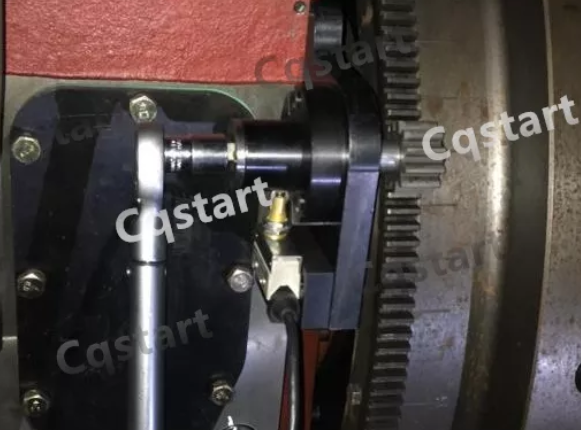
Part 7. Maintenance and Common Issues of Barring Tool
Regular maintenance of your engine barring tool guarantees its optimal performance and longer lifespan. Proper care guards against common problems that can impair the tool’s effectiveness and cause damage to both the tool and engine.
A few general maintenance tips and most common problems you could encounter along with their potential causes are discussed below.
Maintenance Recommendations
Wipe clean the gear teeth and contacting surfaces after each application to remove oil, dirt, and debris, so it moves smoothly next time.
Keep the barring tool in a dry, well-ventilated place to prevent rust and corrosion that can weaken tool performance and life.
Inspections should be made periodically for wear, damage, or deformation on gear teeth and interface. If detected early, it avoids running problems and extends the life of the tool.
Common Problems and Possible Causes
| Problem | Possible Cause |
| Tool slips on rotation | The tool model may be incompatible with the engine, or gear teeth are worn or damaged. |
| Tool cannot be inserted all the way | The insertion angle may be incorrect, or there is debris blocking the interface. |
| Tool is stuck after use | Gear teeth may not have disengaged properly, or oil and dirt buildup is causing sticking. |
To help you avoid such issues, always utilize the appropriate tool for your engine type, insert the tool carefully, and maintain constant upkeep. If you experience resistance or abnormal operation, stop immediately and inspect the tool and engine interface to avoid damage.
Summary
The engine barring tool is an extremely necessary professional tool for diesel engine repair jobs. It enables technicians to manually turn the engine in a secure and controlled way, providing an opportunity for a series of very important inspections and adjustments. Possessing the appropriate tool not only promotes work efficiency but also ensures safety for the engine.
Do you need top-notch engine barring tools? Feel free to reach out to Cqstart to get the model that suits your needs!

